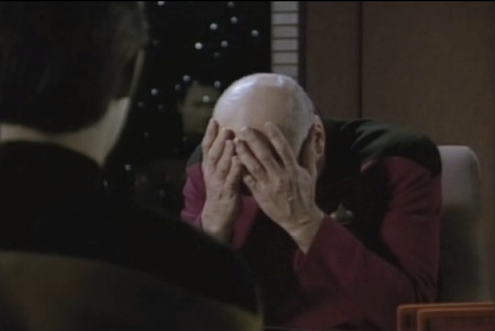Alan Kay on Programming today (and a few other things)

From a recent Dr. Dobbs interview :
On adults –
Binstock: So you called them on the lying.
Kay: Yeah. But the thing that traumatized me occurred a couple years later, when I found an old copy of Life magazine that had the Margaret Bourke-White photos from Buchenwald. This was in the 1940s — no TV, living on a farm. That’s when I realized that adults were dangerous. Like, really dangerous.
The lack of interest, the disdain for history is what makes computing not-quite-a-field.
I think the same is true of most people who write code for money. They have no idea where [their culture came from] — and the Internet was done so well that most people think of it as a natural resource like the Pacific Ocean, rather than something that was man-made. When was the last time a technology with a scale like that was so error-free? The Web, in comparison, is a joke. The Web was done by amateurs.
On Programming –
The most disastrous thing about programming — to pick one of the 10 most disastrous things about programming — there’s a very popular movement based on pattern languages. When Christopher Alexander first did that in architecture, he was looking at 2,000 years of ways that humans have made themselves comfortable. So there was actually something to it, because he was dealing with a genome that hasn’t changed that much. I think he got a few hundred valuable patterns out of it. But the bug in trying to do that in computing is the assumption that we know anything at all about programming. So extracting patterns from today’s programming practices ennobles them in a way they don’t deserve. It actually gives them more cachet.
The best teacher I had in graduate school spent the whole semester destroying any beliefs we had about computing. He was a real iconoclast. He happened to be a genius, so we took it. At the end of the course, we were free because we didn’t believe in anything. We had to learn everything, but then he destroyed it. He wanted us to understand what had been done, but he didn’t want us to believe in it.